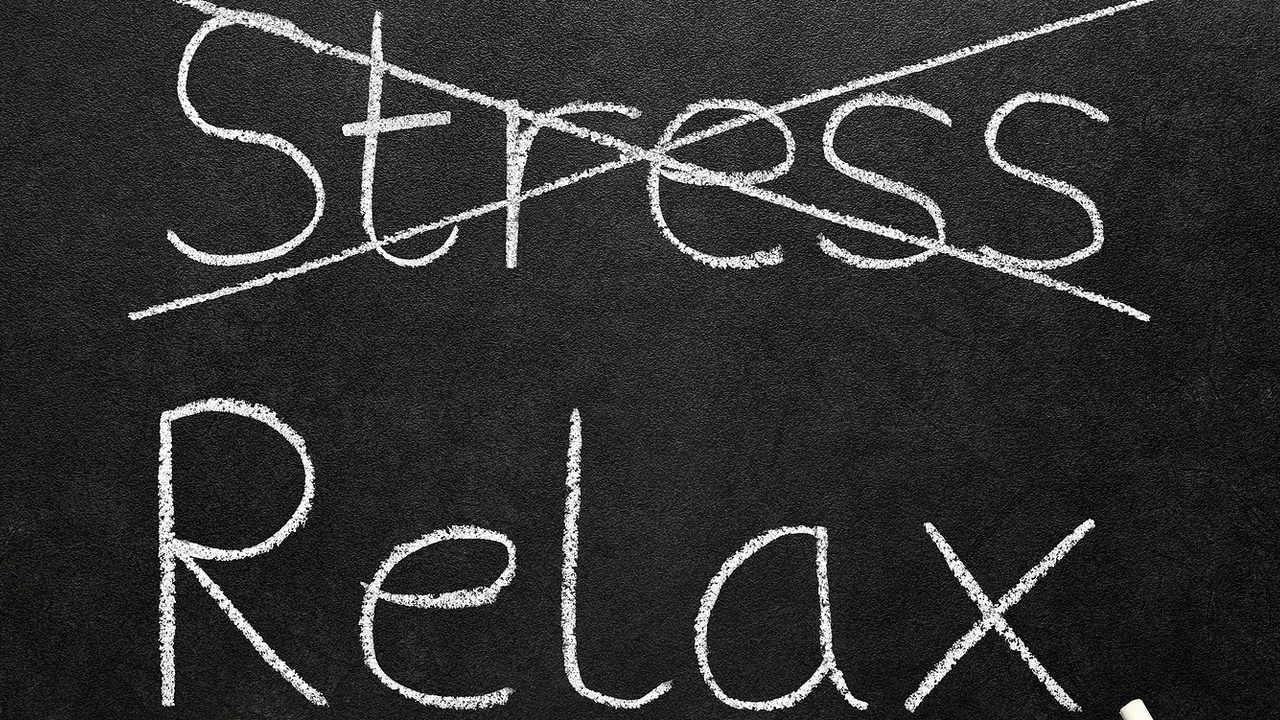Stress Prevents Self-Healing
Jan 08, 2015
Within your body, you have a powerful source of self-healing. To illustrate, think of the many bruises, cuts and blisters you’ve had that your body has repaired. Additionally, think about the colds, injuries and infections that you’ve overcome. This self-repairing biological system has also been proven to cure cancer, relieve pain and shrink tumors. Unfortunately, if you have a high stress lifestyle, you repeatedly activate your stress response. When this is activated, your healing system will shut down.
In past blogs I have discussed many areas related to stress. First, I've written about the opposing nervous system states. Additionally, I've addressed the stress response/sympathetic nervous system (Book Review: Why Zebras Don’t Get Ulcers). Finally, I've elaborated on the relaxation response/parasympathetic nervous system (Overcoming Stress by Invoking the Relaxation Response). As a result of my reading and research, I came to understand something important. That is, we need to regularly engage in activities that stimulate our the parasympathetic nervous system. Otherwise, we cannot heal.
 It wasn’t until recently, however, that I became aware of a connection between the relaxation response and self-healing. Thank you, Lissa Rankin, M.D. for sharing this insight! As she explains in her Tedx talks and book, the parasympathetic nervous system is our intrinsic healing system.
It wasn’t until recently, however, that I became aware of a connection between the relaxation response and self-healing. Thank you, Lissa Rankin, M.D. for sharing this insight! As she explains in her Tedx talks and book, the parasympathetic nervous system is our intrinsic healing system.
To explain, here's an excerpt from her book, Mind Over Medicine.
“When the relaxation response is induced, the parasympathetic nervous system is in charge. Only in this relaxed state can the body’s natural self-repair mechanisms go about the business of repairing what gets out of whack in the body, the way the body is designed.”
How Stress Inhibits Healing
So, how does this work? Well, the purpose of the stress response was originally meant to save our lives when a large animal chased us or a vicious tribe attacked us. When the threat passes, the nervous system should return to relaxation. Unfortunately, this is not the case in modern society. Also, here's something interesting. Dr. Rankin tells us that we have 50 or more stress responses a day! In today’s culture, far simpler threats activate the sympathetic nervous system. Instead of being chased by that lion, we now deal with stressors like having negative thoughts, having financial worries, not expressing our creativity, staying in abusive relationships, or living in an unsupportive environment. The list of stressors goes on and on.
Let me explain. We sometimes refer to the sympathetic nervous system as the "fight or flight" response. So, when we are stuck in the sympathetic nervous system, our body pumps us full of harmful chemicals, mainly epinephrine and cortisol. These chemicals cause destruction in the body. In contrast, we call the opposite system the "rest and digest" response. This is officially called the parasympathetic nervous system. When we are in the parasympathetic nervous system, our body floods us with healing chemicals, such as dopamine, oxytocin and endorphins.
In order to enable your internal repair system, then, you need to break the cycle of stress. In other words, you need to enable the relaxation response. Why? Because the stress response circulates toxins that break down your body. And, these toxins disable your innate self-repair mechanisms from being released via the relaxation response. Now that's a perfect combination for pain and disease!
Relaxation Empowers Healing
Jon Kabat-Zinn, Ph.D., harnesses the relaxation response to induce self-healing in his Mindfulness-Based Stress Reduction (MBSR) program. Doctors often refer patients to Dr. Kabat-Zinn’s program after standard medical procedures have failed to produce results. In this program, patients learn how to flip the switch on their nervous system from sympathetic to parasympathetic drive. The program combines mindfulness meditation, body awareness, and yoga. Each of these can take the patient out of the stress response and into the relaxation response. This therapeutic approach has helped patients in many ways. For example, people have experienced lowered blood pressure, fewer headaches, and less anxiety. They've also reported less back pain, fewer panic attacks, and more control over anger issues. In other words, the list is endless.
Can you relate to this? Here's an example. You feel lousy. You aren’t sure what’s wrong. So, first, you take a “wait and see” approach to your health. However, as the days pass, it’s obvious that things are going south. Now, you schedule an appointment with your healthcare provider. After making the call, though, a funny thing happens. You quickly start to feel better. By the time you go to the clinic, your symptoms have markedly improved. So, what’s going on? Dr. Rankin would say that your parasympathetic nervous system activated, which caused your recovery. Once you know that you're going to get help, you can relax. This, in turn, allows your body’s natural healing system to go to work. And there you have it. Natural healing at its best!
If you find this information intriguing as I do, check out Dr. Rankin’s Tedx talks and book. You’ll be amazed at the healing and spontaneous disease remissions she describes. In order to learn more, just listen to her Tedx talk that started me down this path. Enjoy!
Stay connected with news and updates!
Join our mailing list to receive the latest news and updates from me.
Don't worry, your information will not be shared.
We hate SPAM. We will never sell your information, for any reason.

